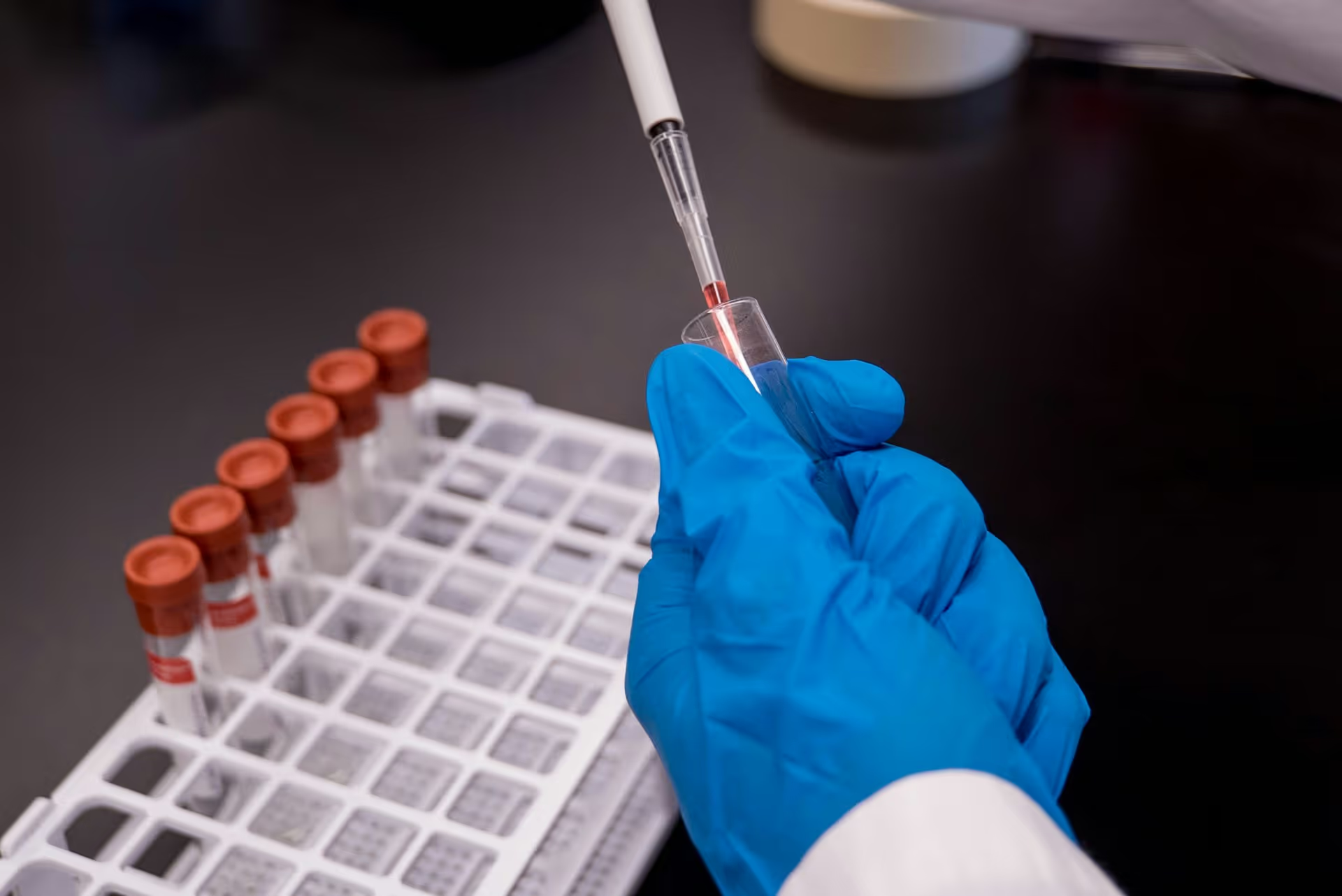Bring advanced diagnostics closer to every patient.
Rural hospitals can’t afford delays in pathology results. The Alliance helps you implement digital pathology and mobile labs that speed up diagnostics, expand access, and strengthen financial stability.
Why It Matters
In rural healthcare, time is critical. Traditional pathology workflows often mean samples are shipped off-site, leading to delays in diagnosis, slower treatment decisions, and missed reimbursement opportunities.
Digital pathology and mobile labs close that gap. By bringing advanced diagnostics directly to rural hospitals, they improve turnaround times, increase throughput, and unlock new billing opportunities.
The Mobile Lab Concept
Mobile labs are purpose-built facilities that deliver hospital-grade diagnostic capabilities without the cost of building full-scale labs on-site. They allow rural hospitals to expand services, meet compliance standards, and deliver faster results to patients who need them most.
For hospitals, this means higher throughput, better efficiency, and a stronger bottom line. For patients, it means care without the wait.
Driving Better Outcomes with Faster, Smarter Diagnostics:
Faster turnaround for pathology results
Expanded access to advanced diagnostics in rural areas
Optimized reimbursement and billing processes
Improved patient outcomes and care decisions
Scalable solutions that adapt to hospital size and need

Adopting new lab models doesn’t have to be overwhelming. The Alliance provides:
1. Training
Equip staff to run digital pathology workflows.
2. Quality Assurance
Validate accuracy, compliance, and reporting.
3. Rollout
Support deployment and ongoing optimization.
FAQs
Common questions about digital pathology adoption and mobile lab operations.
Digital pathology converts glass slides into high-resolution digital images that can be reviewed and shared electronically. This reduces delays associated with shipping slides off-site and makes real-time consultation with specialists possible. Standardized imaging and workflows support consistent interpretation and faster care decisions.
Digital pathology typically requires a slide scanner, image management software, review workstations, and secure data storage with a reliable network connection. The Alliance evaluates your existing lab environment to determine what can be reused and where upgrades are needed. The goal is to introduce digital workflows without disrupting current lab operations.
Mobile labs are fully equipped, hospital-grade diagnostic units that operate on-site without requiring the hospital to build new lab space or hire permanent specialized staff. They allow rural hospitals to process samples locally, reducing turnaround times and retaining revenue that would otherwise go to external reference labs. This expands service capacity and improves patient access to timely diagnostics.
Digital pathology systems use encrypted data transfer, secure storage, and role-based access controls to protect patient information. All workflows are configured to meet HIPAA and hospital security standards. IT teams are included in planning to ensure systems align with local infrastructure, cybersecurity policies, and audit requirements.
Training covers scanner operation, image review software, workflow adjustments, and documentation practices. Education is delivered in phases to allow staff to adopt digital processes gradually while maintaining routine lab operations. Most teams adapt quickly, as digital workflows build on the same diagnostic principles and clinical practices they already use.
Still have questions?
Feel free to reach out for more information.
Ready to move from ideas to implementation?
The Alliance integrates advanced technology and strategic planning with top industry partners to streamline hospital operations and enhance patient care.

